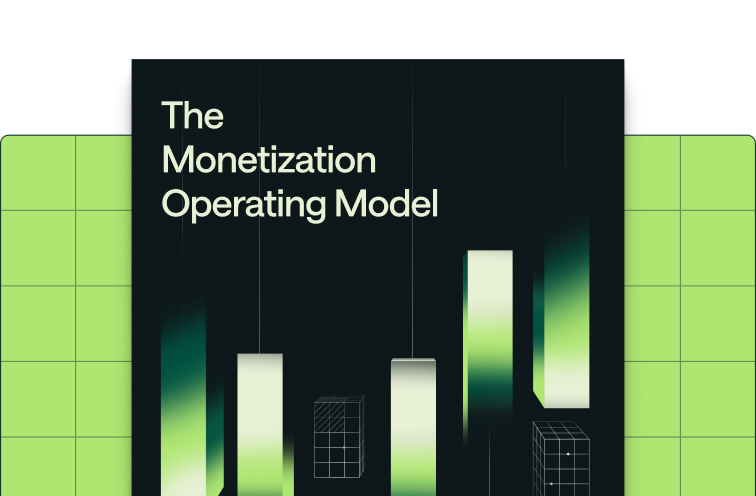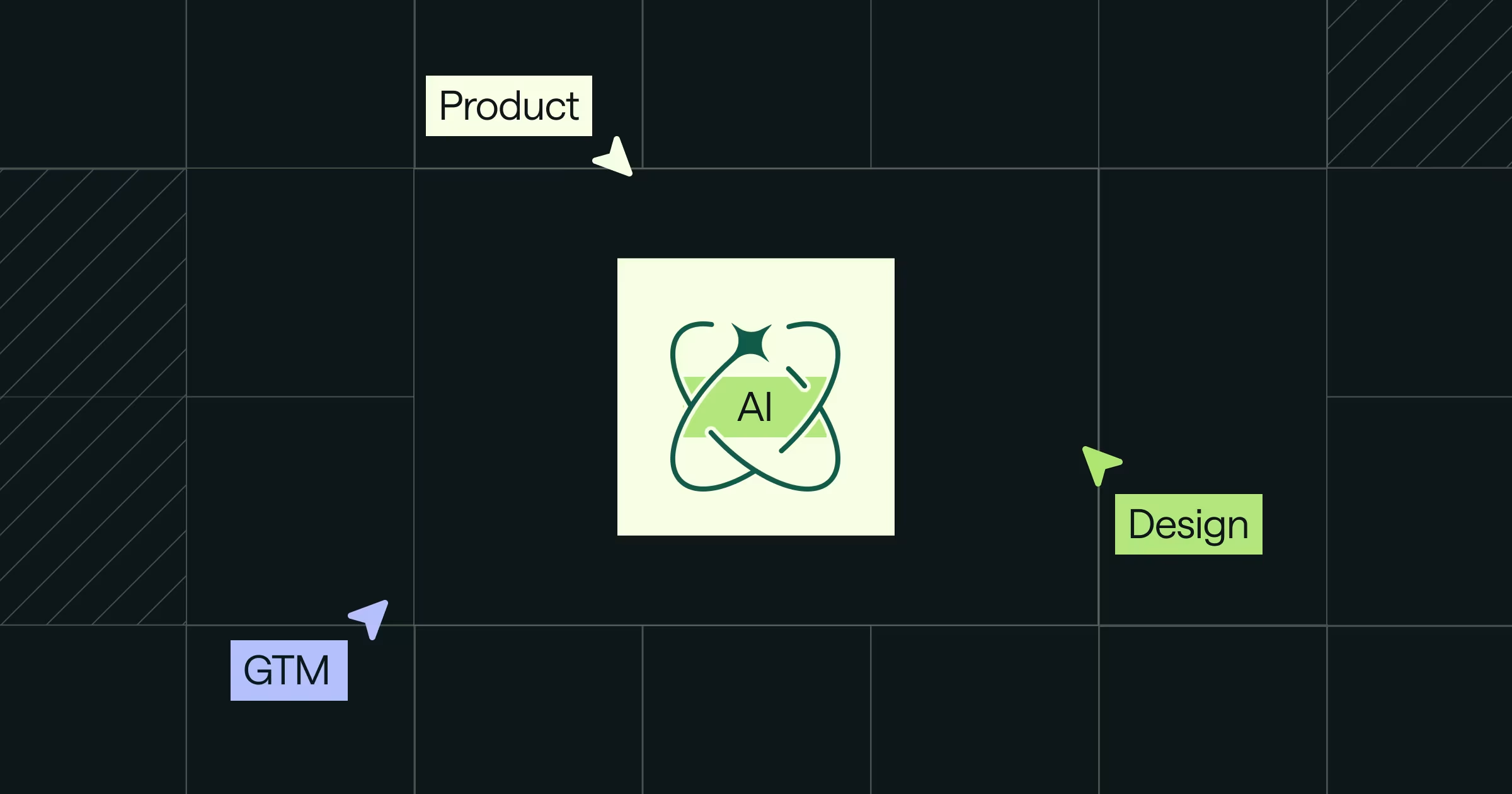Share
The question of growth vs. profitability as a north star has become a hot, often contentious topic for tech companies with an eye on the public markets in particular. While the topic itself isn’t novel, the levers available to tech companies now range from fundamental shifts in user acquisition strategy to stronger product portfolio focus and beyond.
At Metronome, we believe that pricing is the most critical lever in responsible growth. If you're managing data at scale, margins become a key consideration in this growth vs. profitability discussion. In this guide, we discuss dynamic pricing as a necessary solution for maintaining healthy SaaS margins and tactical options to optimize your approach.
The importance of margins
Post pandemic, companies and investors have shifted significantly toward margin-consciousness. Maintaining healthy margins is crucial for the sustainability and growth of your business. This is especially true in the infrastructure space, where costs can fluctuate rapidly due to various factors.
Why your margins fluctuate
Several factors can cause margins to fluctuate for SaaS companies with significant cost of goods sold (COGS) components:
- Pricing models: The different pricing models offered by cloud service providers (CSPs) — such as on-demand, reserved instances, and spot pricing — lead to varying costs, which affect your margins. Consider using a blend of pricing models to mitigate cost volatility.
- CSP Changes: When cloud providers introduce new services or update pricing for critical elements of their offering, it can change your cost structure, impacting margins. Stay informed about updates from your CSP and assess new services promptly. Sometimes, new services offer cost efficiencies or additional functionalities to help maintain or improve margins.
- Customer negotiations and discounting: Different customers may negotiate customized terms and pricing, leading to margin variations across your customer base.
- New product launches: Introducing new products or services can alter your cost base and affect profitability. Monitor how new launches impact consumption patterns for current customers and new logos entering your ecosystem related to your new functionality.
- Variable usage patterns: Changes in customer usage, especially from a single or handful of high-usage customer(s), can lead to sudden increases or decreases in infrastructure costs, impacting your margins.
- Currency exchange rates: If you operate internationally, fluctuations in currency exchange rates can impact your margins. Balance the market penetration advantage of charging in local currency with incentivizing longer-term commitments during periods of favorable exchange rates.
Adopting dynamic pricing
There is a whole market for cloud cost management, which we won’t focus on here. The other side of the equation is maintaining healthy margins in this dynamic environment by adopting a dynamic pricing strategy. Here’s how you can do it:
- Tiered pricing options: Offer multiple pricing tiers that cater to different customer segments, which allows you to capture more value from customers who have divergent views of value and product needs. Too often, companies package their product through a development understanding of product instead of aligning distinct product offerings to unique customer segments.
- Dynamic discounting: Implement dynamic discounting strategies that offer real-time discounts based on current market conditions or customer behavior. Pairing dynamic discounts with in-product prompts to help shepherd customers through ah-ha moments that turn a moment of pricing-focused activation into long-term usage patterns.
- Pricing Experimentation: Too often, companies treat pricing as an immutable business fact rather than a critical and regularly reviewed business lever. Continuously experiment with different pricing models, markups, and pricing tiers to find the optimal balance between profitability and competitiveness. Operationalizing your revenue data, particularly when leveraging usage-based pricing, will help determine which experiments drive adequate margin vs. cannibalizing existing revenue in real time vs. at the end of a full billing period.
- Seasonal adjustments: Adjust pricing seasonally or during peak usage periods to align revenue with customer needs and manage demand. A real-time rating of your usage will ensure that infrastructure, commercialization, and data science teams are set up to map the complex relationship between usage patterns, revenue, and internal COGS.
- Transparent communication: Foster trust and understanding with customers by clearly communicating your pricing methodology. Implement usage caps and alert customers when they are approaching their limits to prevent unexpected overages and maintain customer satisfaction. In the world of dynamic pricing, you’ll earn the benefits of increased net revenue over time.
- Incentive alignment: If your commercialization strategy includes a direct sales or channel partnership motion, build compensation plan elements that help incentivize sales and solutions architecture teams to include customer, territory, or product-specific margin considerations in their approach.
The role of pricing & packaging infrastructure
As the name implies, dynamic pricing necessitates a billing infrastructure that accommodates change across your product and customer lifecycles. A few critical factors distinguish a system that empowers your team to experiment and evolve from one that will require sprint allocations, staffing, and cross-system reconciliation.
- Flexibility: Legacy billing systems may not support the easy implementation and modification of complex pricing models. As you experiment, consider how your vendor will accommodate the unknown unknowns, including new product launches; inherited discounts across product, machine, region, or model types; real-time updates to pricing plans via API; and customized credit types, hierarchies, access schedules and billing.
- Scalability: As your customer base and usage volumes grow, your billing infrastructure may struggle to scale. Dynamic pricing means tolerance for sudden and often unexpected spikes. Load tests should be considered the minimum bar for analysis. Ask for specific instances where the vendor accommodated sudden, statistically significant spikes in usage without system impact.
- Real-time processing: Making credit drawdowns, usage exploration data, and cost tracking accessible in real time provides customers with the data they need to make business decisions. Giving your customers the ability to manage spend thresholds will minimize disputes and ensure that you can collect what you bill, minimizing chargebacks, unmonetized credits, and uncollectible invoices.
- Accurate cost attribution: Robust capabilities for attributing infrastructure costs to individual customers or products are critical to both margin analysis and finding the right levers for improvement. Choose a vendor that can associate a large number of attributes separate from pure pricing data in their event payloads so you can analyze and attribute COGS patterns in both standardized and exploratory ways.
- Data activation: Unlike subscription plans, where billing analysis can only take place after a monthly invoice run, dynamic pricing benefits from real-time review and daily action. Seamless integration with your data warehouse and cost-tracking reports is crucial for such timely and accurate pricing adjustments.
- Automated processes: A lack of automation and configurable options for pricing rules can lead to inefficient and error-prone manual processes. Removing room for human error will create better outcomes for your deal desk and finance teams and better customer experiences.
The change that accompanies dynamic pricing models is painful. Without a billing infrastructure, R&D teams must allocate headcount to build high-downside, undifferentiated architecture instead of accelerating the core product strategy. Or they compromise cost attribution fidelity. Neither is necessary.
Future-proof your business
Adopting a dynamic pricing strategy can future-proof your business, balance the scales on growth vs. healthy margins, and provide a clear competitive advantage in the rapidly evolving SaaS infrastructure landscape. Often this comes at the cost of slower iteration or crucial compromises around visibility into customer spend. With a modern pricing infrastructure, growth-focused companies can avoid these tradeoffs and the operational complexity that accompanies them.
Want to talk through what it could look like for your team? Set some time to talk pricing & packaging strategy with the Metronome team here.











